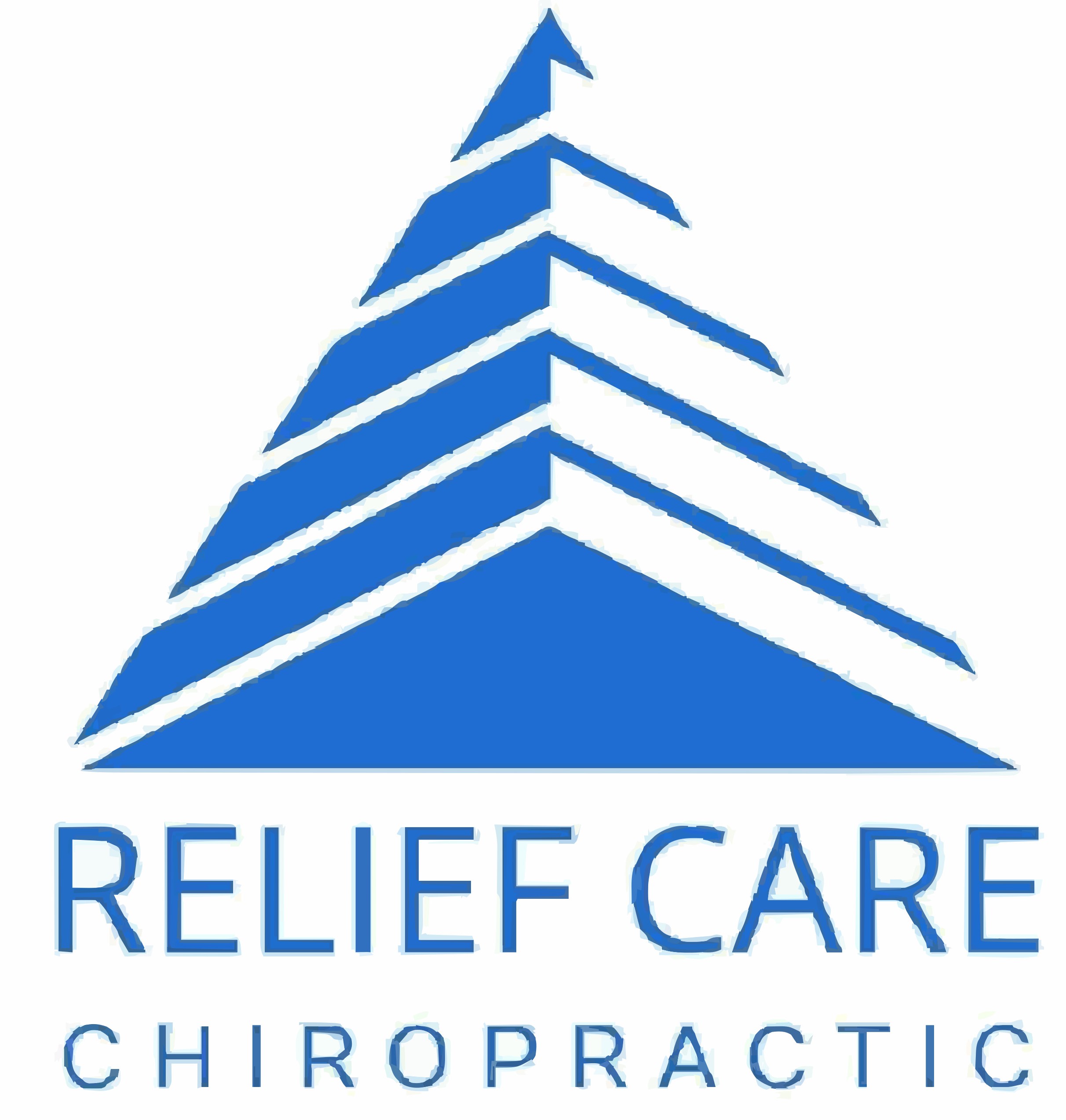Introduction to Peripheral Neuropathy
Peripheral neuropathy is a condition characterized by damage to the peripheral nerves, leading to a variety of symptoms such as numbness, tingling, and pain in the extremities. It can result from a range of causes including diabetes, infections, traumatic injuries, and exposure to toxins. The condition can significantly impact an individual’s quality of life, making it essential to explore effective treatment options.
The Importance of Nerve Regeneration
For individuals suffering from peripheral neuropathy, nerve regeneration holds immense importance. Unlike many other tissues in the body, nerves have limited regenerative capacity, making the restoration of damaged nerves a challenging task. Effective nerve regeneration not only alleviates symptoms but also restores functionality, allowing patients to regain sensation and mobility in affected areas.
Current Therapies for Peripheral Neuropathy
The treatment of peripheral neuropathy often involves a combination of approaches aimed at managing symptoms and addressing underlying causes. Medications such as pain relievers, antidepressants, and anticonvulsants may be prescribed to alleviate pain and discomfort. Additionally, physical therapy and lifestyle modifications such as exercise and dietary changes can help improve nerve function and overall well-being.
Promising Approaches in Nerve Regeneration
Recent advancements in medical research have led to the development of promising therapies for nerve regeneration. Stem cell therapy, for instance, involves the transplantation of stem cells into damaged nerve tissue, promoting repair and regeneration. Similarly, nerve growth factors and electrical stimulation techniques have shown potential in enhancing nerve growth and function, offering hope for patients with peripheral neuropathy.
Challenges and Limitations of Current Treatments
While current treatments for peripheral neuropathy can provide symptomatic relief, they are not without limitations. Many medications used to manage neuropathic pain come with side effects such as dizziness, drowsiness, and nausea. Moreover, accessibility to certain treatments may be limited, particularly for individuals with financial constraints or limited healthcare access.
The Role of Research in Advancing Treatment
Despite the challenges, ongoing research in the field of nerve regeneration is paving the way for innovative treatment options. Recent studies have identified novel therapeutic targets and approaches for promoting nerve growth and repair. From gene therapy to tissue engineering, researchers are exploring diverse strategies to overcome the obstacles associated with nerve regeneration and improve outcomes for patients with peripheral neuropathy.
Conclusion
In conclusion, nerve regeneration represents a promising avenue for the treatment of peripheral neuropathy. While current therapies focus on symptom management, emerging approaches in nerve regeneration offer the potential for long-term relief and functional restoration. By addressing the underlying mechanisms of nerve damage and promoting regeneration, these therapies hold hope for individuals suffering from peripheral neuropathy.
FAQs (Frequently Asked Questions)
- Are there any natural remedies for peripheral neuropathy?
- While certain supplements and lifestyle changes may provide symptom relief, it’s essential to consult with a healthcare professional before trying any alternative treatments.
- How long does it take for nerves to regenerate?
- Nerve regeneration can be a slow process and may vary depending on the extent of damage and individual factors. It may take weeks to months or even longer for noticeable improvements to occur.
- Is nerve regeneration possible for all types of peripheral neuropathy?
- The potential for nerve regeneration may vary depending on the underlying cause and severity of the neuropathy. In some cases, nerve damage may be irreversible.
- What are the risks associated with stem cell therapy for nerve regeneration?
- While stem cell therapy holds promise, there are potential risks such as infection, rejection, and tumor formation. Further research is needed to fully understand the safety and efficacy of this approach.
- How can I support nerve regeneration during recovery?
- Maintaining a healthy lifestyle with regular exercise, balanced nutrition, and proper wound care can support the body’s natural healing processes and promote nerve regeneration.
